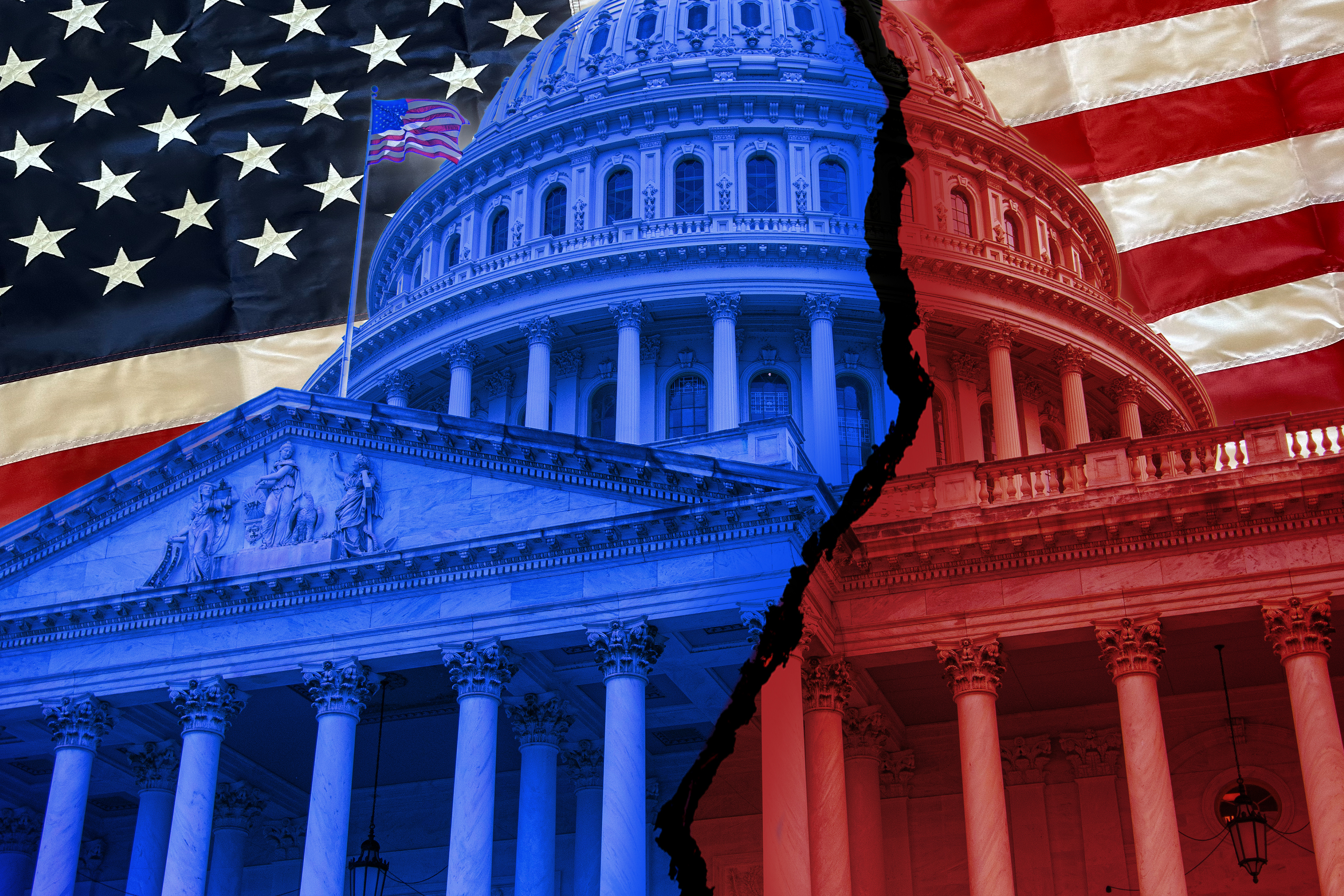Trump's Immigration Policies and the Price of Home Healthcare: First 100 Days
President Trump's immigration policies may wallop your pocketbook if you rely on a home healthcare aide.


Ellen B. Kennedy
When President Donald Trump took office in January, he pledged a sea change in the way the U.S. manages legal and undocumented immigration. In his first 100 days in office, Trump has delivered the disruption he promised, with immigration down dramatically and many foreign-born nationals rethinking working in the U.S. This effort may affect the ability of older Americans to get the home healthcare help they need, either because it becomes more expensive or because workers are harder to find.
The U.S. does not have a specific visa program for home healthcare aides to work in the U.S. A patchwork of temporary or permanent visa arrangements allows some workers to immigrate, but these visas are limited. Most people enter through "chain migration," via family members who are already citizens or green card holders. This is a form of legal migration that Trump has pledged to end or reduce.
A perfect storm is brewing. Trump's immigration crackdown coincides with an existing shortage of home healthcare workers, a Congressional budget that would cut Medicaid and a rapidly aging U.S. population. And that could be detrimental to people who rely on that care in their older age.

Sign up for Kiplinger’s Free E-Newsletters
Profit and prosper with the best of expert advice on investing, taxes, retirement, personal finance and more - straight to your e-mail.
Profit and prosper with the best of expert advice - straight to your e-mail.
A worsening healthcare worker shortage
The U.S. had a severe nursing shortage well before Trump took office. According to a report by JAMA, nearly half of nursing homes report having to limit admissions due to staff shortages, and healthcare personnel shortages caused two-thirds of hospitals to operate below full capacity in 2023.
We need a vast number of new workers to satisfy the growing demand. Immigration Impact reports that the U.S. will need to fill roughly 712,000 open jobs for home health workers and personal care aides every year through 2031. An aging population of baby boomers and increased longevity are driving this need.
Meanwhile, roughly 332,000 home health and personal care aides are expected to leave the labor force each year due to retirement or other reasons, while 287,000 are expected to leave the profession for different jobs. But with more Americans opting to age in place, this trend couldn’t be unfolding at a worse time.
In 2019, about one-third of home health aides in the United States were immigrants. This includes undocumented workers, who made up almost 7% of home health aides and more than 4% of personal care aides.
Immigrant healthcare workers also played a crucial role in ensuring that older Americans got the care they needed during the pandemic. In 2021, there were roughly 56,000 undocumented personal care aides and 34,000 home health aides, according to the Center for American Progress.
But with President Trump cracking down on immigrants and more aggressively threatening mass deportations, there's a real risk of seeing the broad healthcare worker shortage increase drastically.
NPR reports that almost 17% of healthcare workers were born outside the U.S. And more than 366,000 are assumed to be immigrants without legal status.
Certain regions of the U.S. are particularly reliant on non-citizen immigrants, including New York, Florida, and California. Stricter immigration policies could create a real crisis among retired Americans who need at-home support.
Costs are likely to rise
Even if potential home health aide shortages are addressed, many older Americans who need that assistance can't afford it. Genworth estimates the average annual cost of a home health aide to be $77,792 on a national level. If immigrant home health workers are replaced by workers who can demand higher wages, it could put that care out of reach for millions of people.
Don't forget that Medicare does not cover home health care in almost any scenario, as it is often considered custodial rather than medical in nature. Instead, Medicaid usually covers the cost of home health aides. However, lawmakers are considering significant Medicaid cuts that could limit older beneficiaries' access to care.
All told, more than 350,000 healthcare workers face deportation in the wake of Trump's immigration policies. And while the issue isn’t specific to retirees, those who rely on home health workers face higher costs or reduced care as Trump’s immigration policies come to a head.
Read More
- Trump's First 100 Days: Retirement Savers Learn the Importance of Staying the Course
- Family Caregivers Need Help: These Are the Policies They Say Would Make the Biggest Difference
- How to Pay for Long-Term Care
- Finding the Right Home Healthcare for You
Profit and prosper with the best of Kiplinger's advice on investing, taxes, retirement, personal finance and much more. Delivered daily. Enter your email in the box and click Sign Me Up.

Maurie Backman is a freelance contributor to Kiplinger. She has over a decade of experience writing about financial topics, including retirement, investing, Social Security, and real estate. She has written for USA Today, U.S. News & World Report, and Bankrate. She studied creative writing and finance at Binghamton University and merged the two disciplines to help empower consumers to make smart financial planning decisions.
- Ellen B. KennedyRetirement Editor, Kiplinger.com
-
 Will an AI Robot Take Care of You in Old Age?
Will an AI Robot Take Care of You in Old Age?AI Robots may be just the help older adults and their caretakers need for a host of tasks. Just don't expect it to be a cute little humanoid — yet.
-
 Technology Unleashes the Power of Year-Round Tax-Loss Harvesting
Technology Unleashes the Power of Year-Round Tax-Loss HarvestingTech advancements have made it possible to continuously monitor and rebalance portfolios, allowing for harvesting losses throughout the year rather than just once a year.
-
 The Fiduciary Firewall: An Expert's Five-Step Guide to Honest Financial Planning
The Fiduciary Firewall: An Expert's Five-Step Guide to Honest Financial PlanningArmed with education and awareness, you can avoid unethical people in the financial industry by seeking fee-only fiduciaries and sharing your knowledge with others.
-
 What is the IRMAA (Income-Related Monthly Adjustment Amount)?
What is the IRMAA (Income-Related Monthly Adjustment Amount)?IRMAA is a surcharge added to your Medicare Part B and Medicare Part D prescription drug coverage premiums if your income is above a certain level. Here's what you need to know.
-
 No Social Security Tax Cuts in Trump’s 'Big Bill'? What Retirees Need to Know
No Social Security Tax Cuts in Trump’s 'Big Bill'? What Retirees Need to KnowTax Policy Eliminating taxes on Social Security benefits is missing from President Trump’s proposed tax overhaul. Here’s why and what an alternative offering could mean for retirement taxes.
-
 Want to Avoid the IRMAA? Consider a Roth Conversion
Want to Avoid the IRMAA? Consider a Roth ConversionIf you make above a certain income, expect to pay more for Medicare, unless you take steps to lower your income. Here's how.
-
 I'm 52 With $2.1 Million in Retirement Savings: Can I Afford a Second Home?
I'm 52 With $2.1 Million in Retirement Savings: Can I Afford a Second Home?Buy a second home now, or wait until retirement? It depends.
-
 Trump's 'Revenge Tax': Are Jobs and Your Retirement Savings at Risk?
Trump's 'Revenge Tax': Are Jobs and Your Retirement Savings at Risk?Tax Law Republican lawmakers proposed a retaliatory tax on foreign investors that experts warn could lead to job losses in the U.S.

